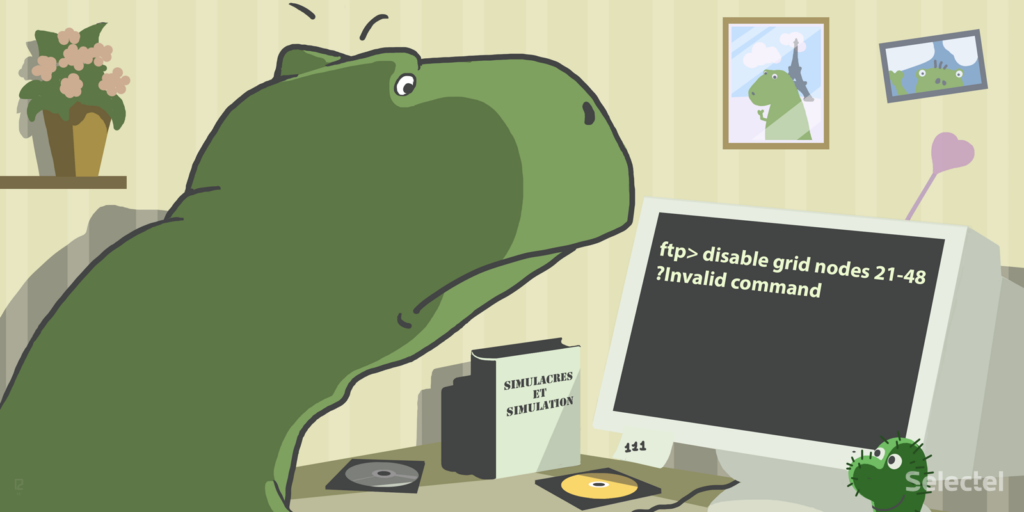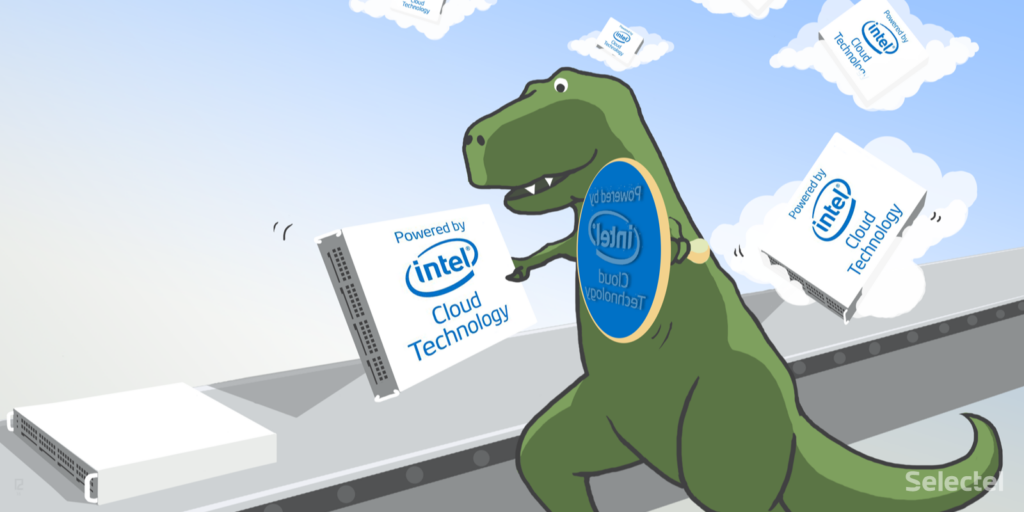
Today, we’ll be taking an in-depth look at how to access and manage Cloud Storage from console FTP clients, which are often used for scheduling backups and archiving.


Today, we’ll be taking an in-depth look at how to access and manage Cloud Storage from console FTP clients, which are often used for scheduling backups and archiving.


As the availability of cloud technology has increased over the past few years, the number of users has steadily risen. At the same time, there has been a surge in the number of cloud providers. Naturally, competition has grown, and users are now paying closer attention to certain nuances that they may have previously overlooked. These include not only the cloud’s specs, but the physical machines powering these services.


Today, online services should be available 24 hours a day, 7 days a week, 365 days a year. Limited access and downtime can cost a company not only profits, but its reputation, too. To keep you up-to-date on your service’s availability, we’ve developed our own monitoring tool.


The quality and level of services provided by any data center depend largely on its telecommunication channels. We always pay special attention to issues regarding connectivity: almost as soon as our first data center opened in 2008, we started construction on our own fiber-optic line. Today, these lines span a total of over 230 kilometers. Thanks in large part to this network, we can provide our clients with uninterrupted Internet connections. In this article, we’ll take a detailed look at our fiber-optic lines.


A mirror is a copy of data on a second resource. It’s used to provide access to information from different sources. *nix systems are distributed this way: repository copies are saved on different mirrors at various points around the world. Mirrors let you efficiently distribute loads and provide high-speed downloads.
Our company has its own mirror, where copies of popular linux repositories are saved. In this article, we’ll be taking a detailed look at how it’s built.


We’ve heard from a lot of users who doubt that you can effectively communicate with tech support over tickets alone. However, experience has shown us that this is entirely possible provided certain conditions are met. To help our clients get the most out of our tech support, we’ve decided to publish some tips for using our ticket system.


For many of our clients, connectivity is a key determiner for choosing network services. Here, network connectivity means the amount of interaction between different operators’ networks and consequently, the number of routes and intermediate nodes.
Network connectivity can be easily checked using Looking Glass services, which let you test routers from a remote network. Many organizations offer this kind of service (information on all of the Looking Glass services in the world can be found here).